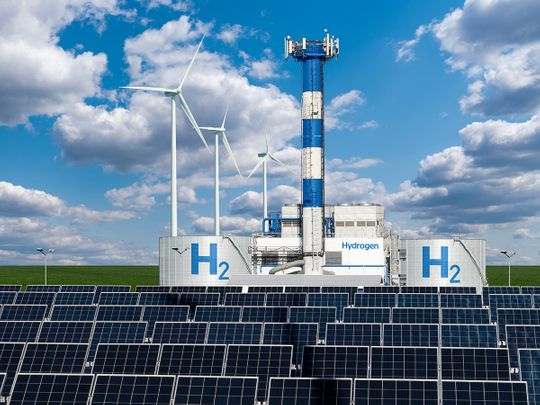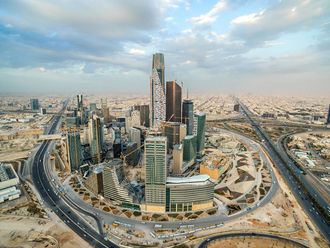
My number one energy prediction for 2023 is that demand for green hydrogen on a global scale will sky-rocket. Hydrogen - the primary fuel of stars and the most abundant element in the universe - has the potential to be the ultimate energy carrier for emission-free energy.
Today, almost all hydrogen is made by reforming hydrocarbons - primarily natural gas. The production of this so-called ‘grey hydrogen’ causes significant greenhouse gas emissions. But the possibilities are endless, and the emissions are non-existent when we consider the potential of ‘green hydrogen’.
Green hydrogen, made from renewable energy, offers a flexible, stable and sustainable alternative to fossil fuels. Clean water is the only by-product and, Green hydrogen can also be used to store and transport energy
Green hydrogen needs a framework
It’s no secret that many energy experts see green hydrogen as a game-changer in the battle against climate change. But there are challenges. Despite hydrogen being a well-established chemical feedstock in the agricultural and chemical industries, the use of green hydrogen in the energy industry is relatively new.
This means there is no established green hydrogen infrastructure. We do not have robust supply chains, production capabilities or transportation networks to sufficiently ramp up the use of green hydrogen at scale. To give some context to the potential for green hydrogen on the world-stage, Goldman Sachs estimate that the global green hydrogen market will be worth $11 trillion by 2050. Ambitious climate targets, a desperate need to decarbonize existing energy systems and a doomsday countdown to reverse the worst impacts of climate change have catapulted green hydrogen into the spotlight.
Middle East has the ‘green’ edge
The question is; Which regions and countries will be bold enough to take the lead in the race for Hydrogen? And what is needed to take the next step?
The Middle East is home to many green energy and innovation pilot projects, where Siemens Energy is leading the way as the partner of choice for technological innovation in this space. One important milestone was our MoU with the Oman Hydrogen Centre to collaborate on discovering new green hydrogen markets in local sectors and to collaboratively develop technological solutions.
Another is our Green Falcon sustainable aviation fuel project. A Masdar-led initiative focusing on green hydrogen to produce sustainable aviation fuel which will see us act as co-developers, along with TotalEnergies, for a demonstrator plant project at Masdar City in Abu Dhabi.
The cost of producing green hydrogen is relatively high and uncompetitive against grey hydrogen. To capitalise on the green hydrogen revolution then we need to bring down the price, and this means moving from pilot phase into commercial implementation. We need to move quickly, scale up, brings down costs, and make the most of this unique opportunity.
The Middle East has the potential to become the major player in green hydrogen. The UAE alone is aiming for a 25 per cent market share of the global $400 billion hydrogen export market by 2050. We must make sure our region seizes this enormous opportunity, not just for the economic potential, but also the decarbonization potential, and sets the pace for the production, transportation, storage and use of hydrogen on the world stage.
Our Dubai Green Hydrogen Project with DEWA demonstrated that green hydrogen can be produced on an industrial scale and deployed for a number of applications. We know that the technology works and have proven the concept.
Moving into the next phase, which sees projects like this up-scaled and made commercially viable, requires bold leadership and unique partnerships. If the Middle East is to become a real green hydrogen hero then robust political, financial and legislative support is required.
The Middle East benefits from an abundance of low-cost renewable energy sources, predominately solar, as well as the private investment potential. We have lower resource and production costs than other regions, like Europe or the US, and our culture of innovation and technological advancement could really help kick-start this industry.
My wish for 2023 is that the Middle East energy industry makes the most of this opportunity. Next year will maybe be too late. Partnerships will be key. And together we must also lobby for political will, investment and policy that matches the size of the opportunity we see before us.













